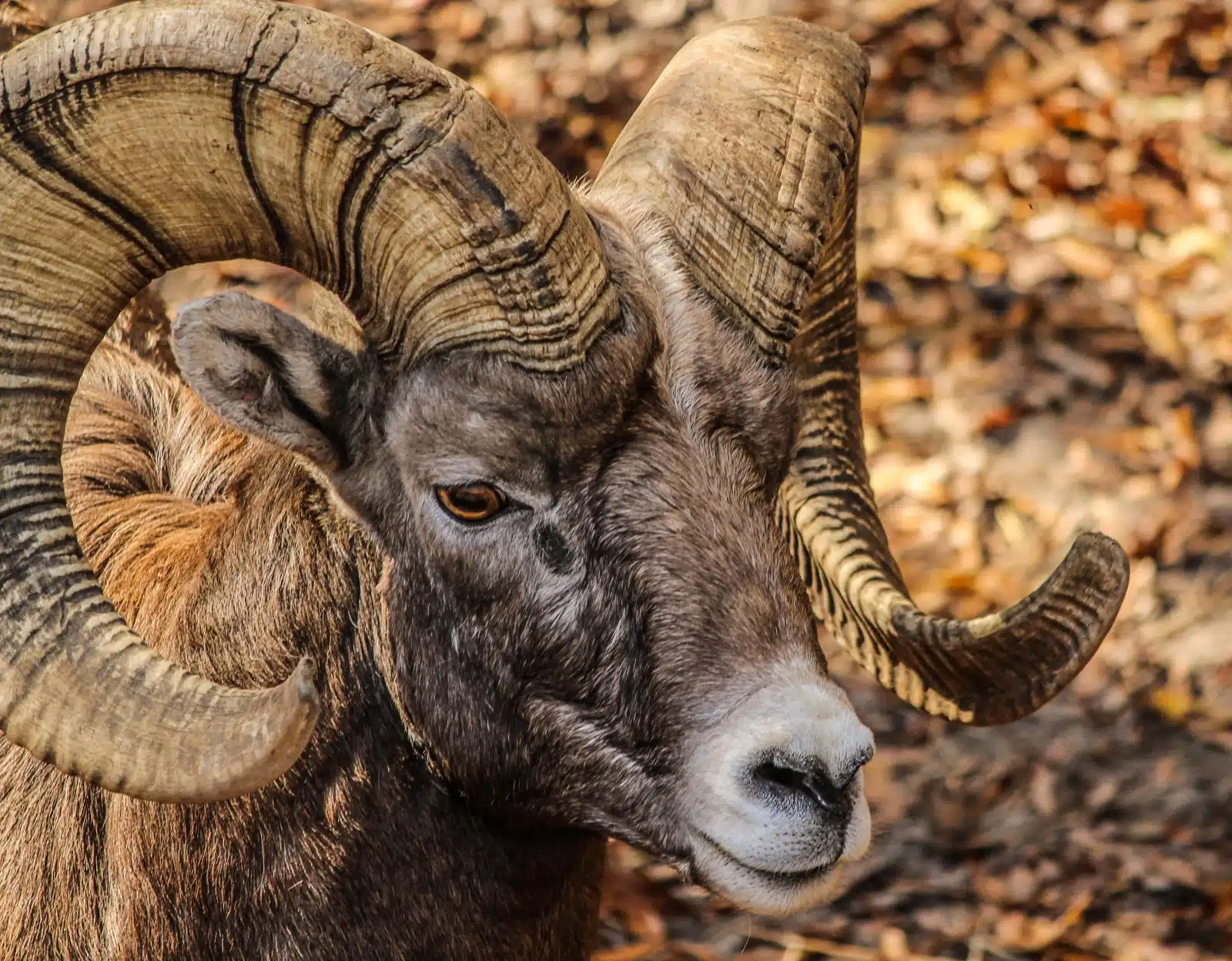Bighorn Sheep Canyon
If you’ve looked into rafting or fishing in the Royal Gorge Region, you most likely came across Bighorn Sheep Canyon, an area famous for its breathtaking scenery, rich history, and mellow water flows. And, as the name suggests, it’s home to North America’s largest sheep and Colorado’s state mammal—the Rocky Mountain bighorn sheep.
Bighorn Sheep Canyon extends just east of Salida to Parkdale, a killer fishing spot 12 miles east of Cañon City on Highway 50. Millions of years of erosive power have sculpted the canyon into sheer, towing cliffs easy visible from the road and the river.
Rails laid by the Denver & Rio Grande Railroad to support the transport of silver, lead, and more from Leadville have also shaped the canyon. So too has the highway, which stretches through the entire length of the canyon and beyond.
Access to campgrounds, boat ramps, fishing sites, and other recreational opportunities dot the south side of the river. There’s also a great chance of spotting wildlife, like red-tailed hawks, mule deer, and, of course, the canyon’s namesake, Rocky Mountain bighorn sheep.
It’s hard to miss the bighorn sheep as males reach weights of 300 lbs. and stand over three feet tall at the shoulder. Most active in the morning and late afternoon, Rocky Mountain bighorns can be seen nimbly negotiating the steep cliffs, resting in open spaces, or grazing in small groups on the south side of Highway 50. Should you come during mating season, you might see male sheep battering each other with their massive horns.
Historic towns, like Wellsville, Cotopaxi, and Howard, line Bighorn Sheep Canyon. Wellsville was home to the Wellsville Hot Springs Resort in the early 20th century, with amenities that included a dance hall, picnic areas, a two-story hotel, and the requisite swimming pools and mineral baths fed by the hot-springs water.
Cotopaxi was home to a large population of Russian Hasidic Jews who fled to Colorado to escape persecution in their home countries. Despite planting crops of potatoes and corn, severe weather destroyed their harvests, causing them to abandoned Cotopaxi two years later.
Lastly, sprawled on both sides of Highway 50 in a broad expanse of Bighorn Sheep Canyon known as Pleasant Valley, the hamlet of Howard was founded as a supply center for pioneer-era farmers and ranchers, along with miners working the limestone quarry at Calcite.
